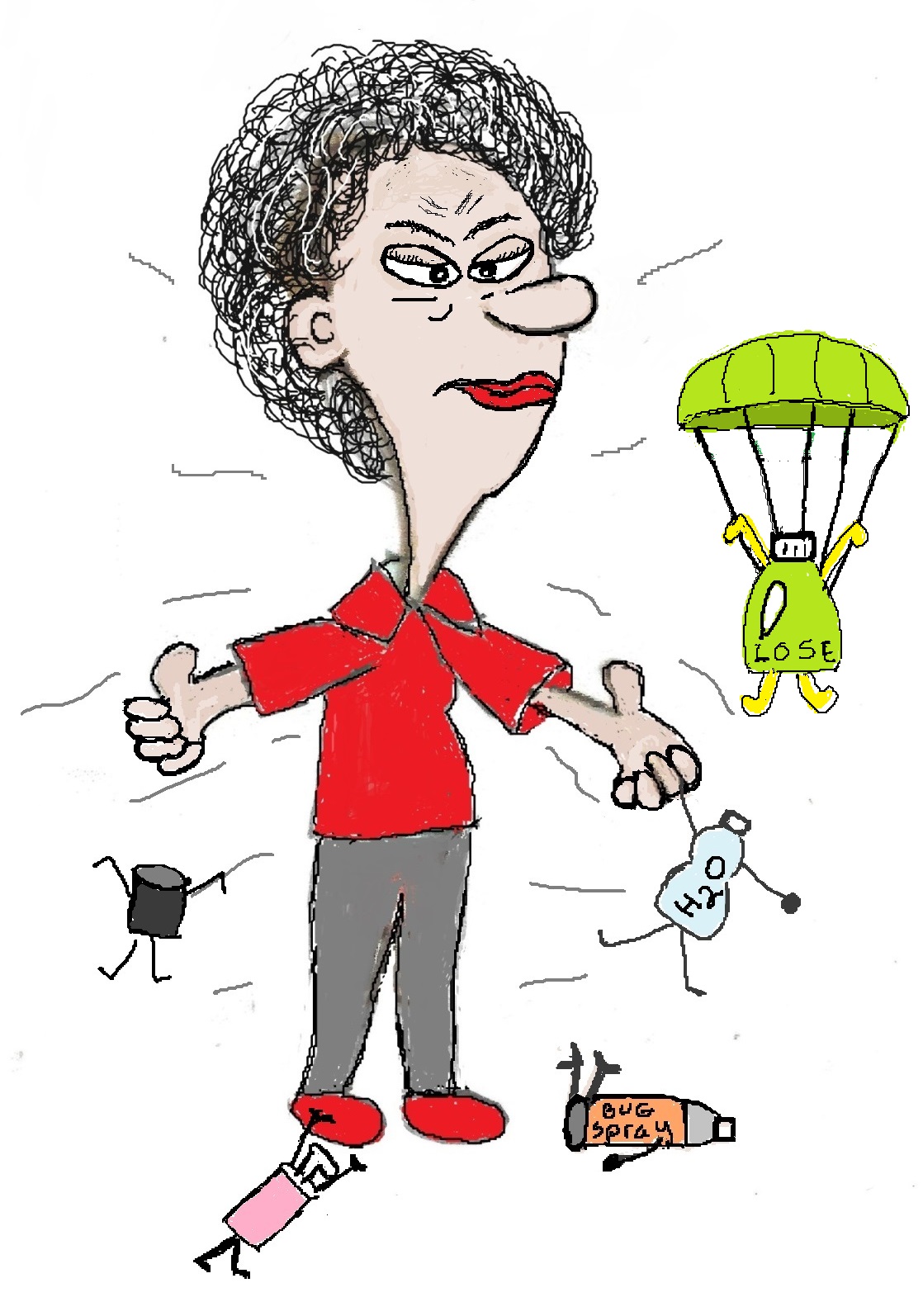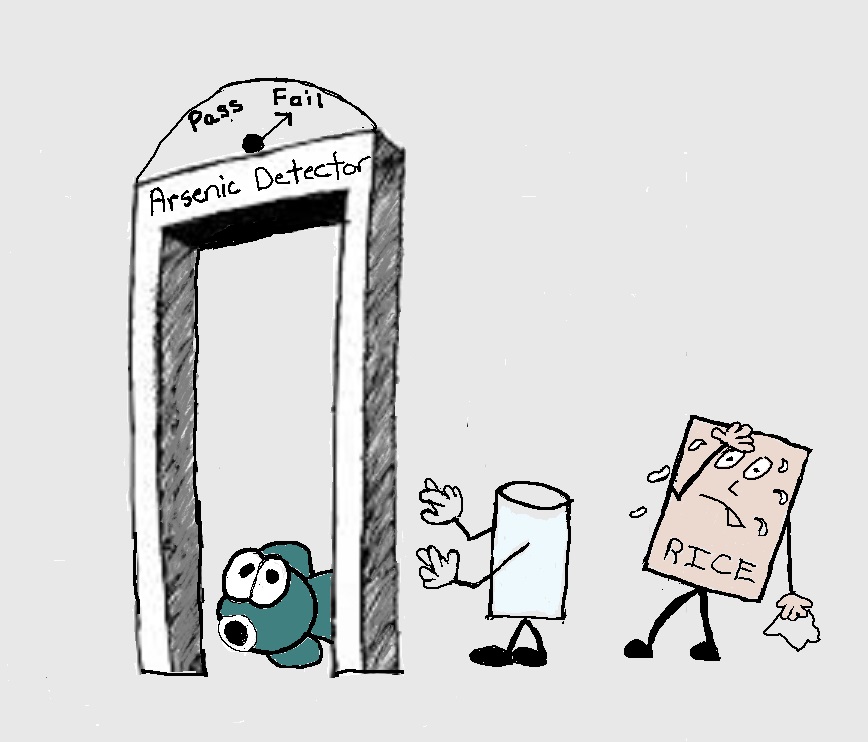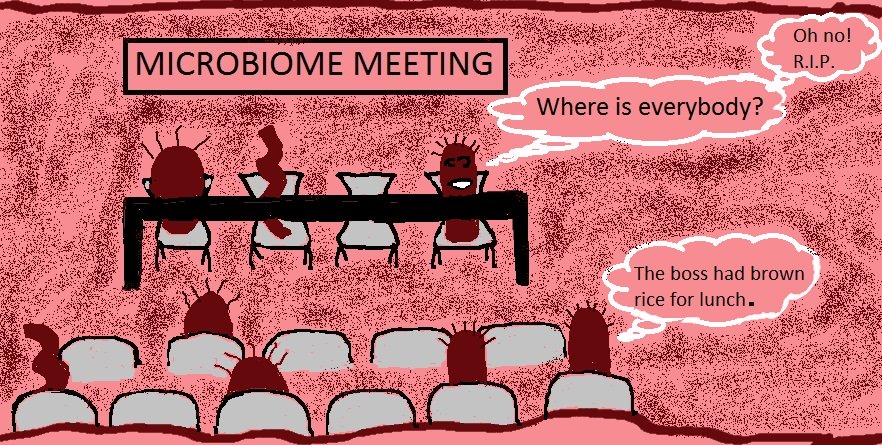- Home
- Toxic Chemicals & Health
- Nanoparticles
Nanoparticles and Your Health – What You Need to Know
Nanoparticles - You can’t see them but they’re everywhere. They’re in your food, clothing, cosmetics, and sunscreen. You ingest, inhale and absorb them into your body. And they may be threatening your health.
These microscopic threats are called nanoparticles. And they’re everywhere for 2 reasons.
First, some nanoparticles are created from car engines and other combustion processes including forest fires. These Incidental nanoparticles are released as air pollution.
Some products you use in your home, like gas stoves, candles and air fresheners release incidental nanos. They are the PM2.4 size particulate matter linked to lung and heart disease.
The second reason is the human made engineered nanoparticles. These nanos are manufactured and added to hundreds of products for a variety of reasons. For example, they end up in your clothing and food packaging to make it antibacterial.
Making nanoparticles to use in consumer products is called nanotechnology.
What is Nanotechnology?
Nanotechnology is the control of matter at the nanoscale, meaning anything that is between 1 and 100 nanometers. So, nanoparticles are particles less than 100 nanometers (nm) in size. To put that into perspective, one hair on your head is 80,000nm thick.
When scientists first started making materials at the nanoscale, they discovered that particles that small behaved differently than larger particles. Substances at nano-scale proved to be stronger, lighter and more chemically reactive than their larger-scale counterparts.
Some of the most commonly used nanoparticles are metal-based. They include, silver nanoparticles (AgNPs), gold nanoparticles (AuNPs), titanium oxide nanoparticles (TiO2), zinc oxide nanoparticles, iron oxide (FeO), and silica nanoparticles.
These tiny versions of things like silver and zinc oxide have been used in some consumer products for many years. And since 2000 engineered nanoparticles started showing up in products that you use every day.
Things like golf balls that fly straighter, tennis rackets that are stiffer, baseball bats with better flex, nano-silver antibacterial socks, clear sunscreens, wrinkle- and stain-resistant clothing, cosmetics, and food and food packaging.
Nanos Commonly Found in Products
Nanosilver (Ag) - is the most commonly used nanomaterial. It is an antibacterial agent and a health supplement. There are at least 390 products that utilize some form of nanosilver, like socks and linens, cosmetics/hygiene products, appliances, cleaning agents, food storage containers, bakeware, cutting boards, toys and building materials.
NanoTitanium (TiO2) - is used in paints, coatings, plastics, papers, inks, medicines, sunscreens, pharmaceuticals, cosmetics, toothpaste, nutritional supplements and food products.
NanoZinc (ZnO) - is widely used in cosmetics, paints, and plastics like polypropylene.
(According to Friends of the Earth and Nanotechproject.org)
Your Exposure to Nanoparticles
Because nanos are used in a variety of products there are many ways you’re exposed. For example, manufacturers have figured out that nanos of things like silver and zinc are great for keeping food fresher longer.
So, they are used a lot in food and food packaging to increase shelf life. This means that as you go about your day you ingest them from the food you eat because they migrate from food packaging.
You also ingest them because nanos are used in food additives, and because they are showing up in your drinking water from the release of nanos into the environment. In fact, there are currently 400-500 ways to apply nanotechnology to food production and 150-600 nanofoods on the market.
And, you are exposed when you use any of the estimated 300 personal care products that contain nanos. You inhale them when you use cosmetic powders and sprays that contain nanoparticles.
Nanos can also be absorbed through the skin when you wear antibacterial clothing that contains nanosilver or from sunscreen made with nanotechnology.
So, what happens to your body when you inhale, ingest and absorb nanoparticles? Well, I’d like to say that there’s been a lot of research on this topic. But I can’t.
There is a bit more known about the toxic effects of nanos on your health then when I first wrote this article in 2017. And from the more recent studies, the following statements still apply.
Once nanoparticles enter the body, they can travel freely in the blood throughout the body and reach organs like liver or brain. And they can get deeper into the lungs and bloodstream and may cross the blood-brain barrier.
In fact, the reasons that make nanotechnology so appealing to manufacturers are the very reasons that make nanoparticles so dangerous to you.
Size Really Does Matter
Whether the materials that nanos are made from are toxic or not doesn't really matter. Cause when you shrink things to nanosize all bets are off. Here are six things you need to know about nanoparticles.
1.Nanosize particles act differently than larger size particles of the same substance. They have different physical, biological and chemical properties and are governed by quantum physics.
2. Smaller particles have a greater surface area to volume ratio, which increases how chemically reactive they are. This increased surface area to volume ratio suggests that nanomaterials in consumer products could easily interact with other ingredients in the product and cells in your body. And they can easily bind with and transport toxic pollutants into your body.
3. Nanosize particles can go where larger particles can’t. Unlike larger particles, nanos can easily enter cells, tissues and organs like your brain, heart, kidneys, GI tract and commonly the liver and spleen. Ingested nanos can pass through your gut into your bloodstream. Also, Nanoparticles <10nm behave more like a gas and can pass through skin and lung tissue to penetrate cell membranes
4. Once in your body, these microscopic intruders often start an inflammatory response from your immune system. That means the overproduction of reactive oxygen species (ROS). This leads to oxidative stress, inflammation and damage to proteins, cell membranes and DNA.
5.Your body is not as effective at removing nanoparticles as it is with larger particles. Because of their small size it’s easier for nanoparticles to stick to surfaces within your body. They are likely to accumulate in your heart, liver, spleen, brain and kidneys after inhalation, ingestion and skin contact.
6. Studies on the safety of nanoparticles show that, because of their size, they are a threat to your health.
- Some types of nanos are endocrine disrupters that may affect male and female fertility and thyroid function.
- Once inside the body nanos may cause severe damage to DNA, disrupt the function of cells and even lead to cell death according to studies.
- Nanoparticles may cause lung, liver and kidney damage.
- Significant accumulations can occur in the lungs, brain, liver, spleen, and bones.
- It’s really a problem when nanos accumulate in your brain because it’s highly susceptible to oxidative stress. And it lacks the needed immune responses and an effective mechanism of Nano removal.
- Exposure to some nanoparticles can stimulate inflammatory and immune system responses.
- Ingested nanos can compromise your digestive system. Studies have shown that nanoparticles can disturb digestion and absorption of food components. And they are suspected of contributing to Crohn’s Disease and Ulcerative Colitis.
- A small number of clinical studies suggest that non-degradable nanoparticles can accumulate in your body and over time result in the development of ‘nanopathologies’, like granulomas, lesions (areas of damaged cells or tissue), cancer or blood clots.
Become a Nanoparticle Detective

While I covered what we do know about nanoparticles, there is so much that we don't know. There are no regulations in place for nanos, so once again you and I are guinea pigs.
We are being exposed without any real understanding of the impacts on our health. And, what drives me crazy is how little control you have over your exposure to these micro intruders. For example, it’s impossible to avoid them in food and food packaging.
There are some things you can do. They include reducing your exposure and helping your body deal with them.
Reduce Your Exposure
One of the biggies is avoiding antibacterial products
because they almost always contain nanosilver. Items to avoid include antibacterial sponges, cutting boards
and socks, and food storage containers that claim to keep food fresher longer.
If you're healthy you really don't need these things anyway.
But it's practically impossible to avoid all nanoparticles in your food. For example, know that foamy pad underneath your pack of ground meat - it contains nanosilver.
You can reduce your exposure by eliminating certain foods from your diet. These include candy, chewing gum, chocolate and white-coated products. Also cheeses and sauces, skimmed milk, and ice cream.
It's also difficult to avoid nanos in personal care products because they may or may not be listed on the label. If the label mentions silver (to improve shelf life) or titanium dioxide (UV protection) there's a good chance they are nanosize. Here's an article about nanos in sunscreen.
Avoiding anything that you spray on, and I mean anything, will reduce the amount of nanos you inhale. Think sunscreens, cleaning products and disinfectant products.
The International Agency for Research on Cancer (IARC) advises against using sprayable sunscreen products. And children are particularly likely to inhale Titanium Dioxide nanos since many sunscreen formulations for kids come in the form of a spray or a foam.
Fight The Effects of Nanos Exposure
While reducing your exposure to nanos is important, it’s also very difficult. I believe there is a more effective way to Protect Your Health from nano exposure.
Help your body deal with the chronic inflammation caused by nano exposure. Because, researchers appear to agree that oxidative stress (OS), apoptosis and the inflammatory response are the main outcomes of nano exposure, especially metallic nanoparticles like silver, zinc and titanium dioxide.
This is important because chronic inflamation leads to chronic diseases like cancer, neurodegenerative or cardiovascular diseases. So adding antiinflammatory and antioxidant foods, what I call Protox Foods, will help you protect your health.
And this is backed up by research. Test results show that antioxidants can reverse the neurotoxicity of metallic nanos by decreasing the production of free radicals, increasing the activity of antioxidative enzymes and inhibiting the inflammatory response.
So consider adding blueberrries, red beets, ginger, pomegranate and raw honey to your diet.








